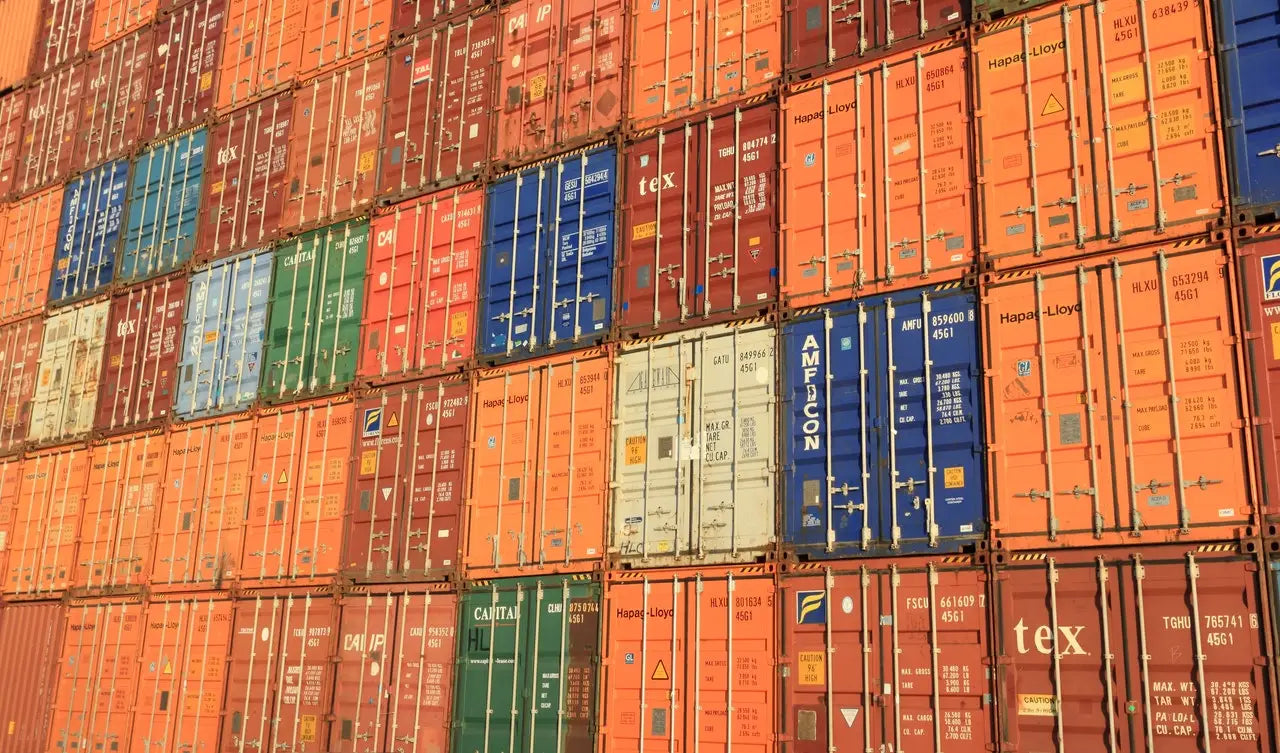The Great Supply Chain Disruption and How It Is Affecting Retail
Share
The Great Supply Chain Disruption and How It Is Affecting Retail

Photo credit to NYTIMES.COM
You may have noticed that there are shortages of a number of products at the moment—including surf gear. The global supply chain has been hit by a number of interconnected crises over the past 18 months that have combined to cause a huge backlog in production and delivery.
Obviously this has affected Hawaiian South Shore, where it has been difficult to keep up with our customers’ demand for new boards and other hardware. But it is also affecting retailers throughout the economy. In order to better understand what we are dealing with and how long it will last, I recently read an article in The New York Times about these product shortages.
Essentially, what we are looking at is a multi-pronged crisis that involves both shipping and production, and that is exacerbated by the COVID-19 pandemic, the Suez Canal crisis earlier this year, and the fact that a lot of companies have gone to lean production to cut costs and overhead. Lean production, also known as “just-in-time supply,” is essentially the practice of shifting away from keeping large stocks of excess materials on hand, and instead having parts and materials delivered only when they are needed. This greatly reduces costs for producers, as they no longer have to deal with storing large amounts of material. But the problem with lean production is that it depends almost entirely on an efficient and undisrupted supply chain—something we have come to take for granted over the past few decades.
Unfortunately, starting in early 2020, our supply chain began to break down. Overseas factories had to close their doors during COVID-19 lockdowns, which means a shortage of parts and supplies. Likewise, the shipping industry was disrupted by the fact that numerous stevedores were either sick with COVID-19 or actively quarantining after exposure. With not enough employees to manage docks and unload cargo containers, ships were forced to queue up out at sea for weeks at a time, which further delayed deliveries of goods that were already in short supply.
The fiasco in the Suez Canal only made matters worse, essentially shutting down global shipping for over a week and causing a huge backlog in delivery. Meanwhile, consumers were rapidly changing their purchasing behavior. Since many of our normal forms of entertainment were no longer available during the pandemic (theaters, restaurants, clubs, gyms, etc.), people started stocking up on home entertainment equipment—TVs, bikes, surfboards, and the like. At the same time, shifting economic factors (such as the fact that tourism completely stopped here in Hawaii for a number of months) caused further disruptions in the supply chain.

For instance, because there were no tourists coming to Hawaii, rental car companies sold all of their cars, anticipating that they could buy new ones once tourism restarted. But with car manufacturers cutting production by nearly 40 percent due to a lack of parts, the market for both new and used cars has tightened considerably, with diminished stock and increased prices. Once tourists started coming back to Hawaii, there was a huge shortage of rental cars, which put further pressure on the car market.
As you can imagine, these sorts of scenarios have played out across the board, in virtually every industry and sector. As mentioned earlier, surf equipment has seen a huge surge in popularity during the pandemic, as more people gravitated to the outdoors, since that was one place they could still engage in exercise and entertainment during lockdowns. But it has been virtually impossible to keep up with demand in the sporting goods industry, due to the huge global supply shortage in virtually everything!
The big question at the moment is how long this “Great Supply Chain Disruption” is going to last. As of now, it’s pretty difficult to make any concrete predictions, since we are obviously still in the midst of a huge pandemic that seems to be surging past all previous records. Obviously we all hope that things will return to normal soon, but until it does, we are all going to have to find ways to adapt and make the best of the current situation.
For more information about this issue, feel free to check out the article in The New York Times here!

